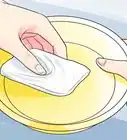This article was co-authored by wikiHow staff writer, Jessica Gibson. Jessica Gibson is a Writer and Editor who's been with wikiHow since 2014. After completing a year of art studies at the Emily Carr University in Vancouver, she graduated from Columbia College with a BA in History. Jessica also completed an MA in History from The University of Oregon in 2013.
This article has been viewed 34,048 times.
Learn more...
If you'd love to cook food for a crowd, want to free up some space in your kitchen, or just want to grill indoors, get a griddle. Choose a traditional griddle that sits over your gas burners or an electric griddle and try to cook a variety of foods on it. For example, you can grill steaks, cook pancakes, or toast flatbread on your flat or ridged griddle. Wash and store the griddle properly so it lasts you a long time.
Steps
Choosing and Preparing Your Griddle
-
1Select a traditional griddle for a gas stove. If you'd like to cook directly over your gas burners, decide if you'd like a large griddle that covers two burners or a smaller one that fits over just one. Since you won't be able to adjust the exact temperature, you'll need to closely watch your food as it cooks. You can find traditional griddles made from:[1]
- Aluminum
- Steel
- Cast iron
- Stainless steel
-
2Buy an electric griddle. If you don't have a gas stove or simply want to use the griddle on a counter top, get an electric griddle that you can just plug in. You should also choose an electric griddle if you'd like to set a precise temperature on the griddle. This will give you more control when you're cooking than if you were using gas.[2]
- If you want to keep the griddle on the counter, ensure that the cord is long enough to reach your outlet.
Advertisement -
3Buy a griddle with grill ridges. Whether or not you choose an electric griddle or a griddle for a gas stove, decide if you'd like it to be flat or raised with ridged edges. Many electric griddles come with additional ridged plates that you can set on top of the griddle.
- Ridged griddles are great for cooking foods that you'd like to leave grill marks on and they drain away grease. For example, cook hamburgers or steaks on ridged griddles.
-
4Wash your griddle before you use it. Wash the griddle with hot, soapy water after you buy it. Rinse the griddle to remove all the soap residue and dry the griddle completely with a soft towel.[3]
- If you're cleaning an electric griddle, do not submerge it in the water. Use a wash cloth or sponge to clean the griddle.
-
5Season the griddle before using on a gas stove. If you'll be using a griddle over gas burners, dab some cooking or vegetable oil onto a paper towel. Wipe the oiled paper towel over the entire surface of the griddle. Wash the griddle again and rinse it with fresh water. Dry the griddle before you use it.[4]
- Most electric griddles don't need you to season them before plugging them in and using them.
Cooking Food on the Griddle
-
1Grill steaks, seafood, or meats. If you love grilled steak or hamburgers but don't want to heat up a charcoal grill, just use your indoor griddle. You can use a flat or ridged griddle surface to cook steaks, sausages, and hamburgers. To get the classic grill marks, cook the food for half of the cooking time and then turn it 90 degrees to finish cooking. This will give you the crosshatch grill marks.[5]
-
2Cook breakfast foods on the flat griddle. Griddles are popular in diners for a reason. It's easy to make your favorite breakfast foods for a crowd on their flat surface. Cook pancakes, French toast, hashbrowns, bacon, and eggs on the griddle.
- Some griddles can be divided so you can cook with a flat side and a ridged surface at the same time. This can be useful if you're frying something with a lot of grease (such as bacon).
-
3Use the griddle to warm foods. If you'd like to quickly heat up leftovers or toast foods, the griddle is a great choice. You can easily place flatbread, buns, or tortillas on the griddle over medium heat until they're heated throughout.[6]
- For example, once you've grilled burgers on the griddle, place a few buttered buns on the warm griddle. The buns will be toasted within a few minutes.
-
4Use the griddle as a sandwich press. You can make a large batch of grilled sandwiches on the griddle. To make pressed sandwiches, paninis, place the sandwich on the griddle and then set a heavy pan on top of the sandwich to weigh it down. The bread will become crispy and the fillings will firm up.[7]
-
5Create quesadillas on the griddle. To make a toasty quesadilla, just warm tortillas with cheese and your choice of fillings. You can also press down on the tortillas to make them extra crispy.
- Take care not to overfill the tortillas with cheese or it may ooze out onto the griddle.
-
6Avoid using abrasive cooking tools. Metal or wire tools can damage the surface of your griddle, so you should always cook with nylon, plastic, wooden, or rubber utensils.[8]
- You should also avoid cutting food directly on the griddle. Instead, transfer the food to a cutting board.
Cleaning and Storing the Griddle
-
1Unplug and cool the griddle. If you're using an electric griddle, unplug it. Let the electric or traditional griddle cool completely before you wash and store it. Avoid letting food sit on the griddle for long or it may harden and be difficult to remove.
-
2Clean the griddle after each use. Wash the griddle with soapy water after you've cooked on it. Since griddles are a flat, even surface, you want them to remain level. Avoid doing things that could shock or warp the griddle. For example, never place a hot griddle into cold water.[9]
- It's always best to wash your griddle by hand since dishwashing soap may damage the surface of your griddle. Some griddles can't be washed in the dishwasher at all, so read the manufacturer's instructions that came with your griddle.
-
3Use gentle cleansers on the griddle. To avoid damaging the griddle's surface, clean the griddle with a soft cloth, sponge, or non-metal cleaning pad. You shouldn't use anything that could scratch the griddle. For example, avoid using steel wool or metallic scrubbies.
-
4Store the griddle in an easy to access place. If you don't want the griddle taking up valuable counter space, store it in a place where it will still be easy to get to. If you store it in a cupboard or drawer, don't place other kitchen equipment on top of it. Covering the griddle could scratch the surface or just make it less likely that you'll dig it out to use it regularly.
- If you want to leave the griddle out on the counter, ensure that you have plenty of space and it won't be in the way.
-
5Re-season the traditional griddle as needed. If you accidentally scour or remove the initial seasoning from your traditional griddle, you'll need to season it again. Ensure that the griddle is completely clean and dry. Wipe it with a little cooking oil and rub a soft cloth over the surface to remove any excess oil.
- You shouldn't need to re-season the electric griddle since they're usually coated in a non-stick surface.
References
- ↑ http://www.eatwell101.com/grill-griddle-cooking-benefits-cook-indoor-griddle-indoor-grill-cooking-plancha
- ↑ http://www.consumersearch.com/electric-grill-reviews/how-to-buy-an-electric-grill
- ↑ http://www.allamerican-chefsdesign.com/admin/FileUploads/Product_26.pdf
- ↑ http://www.allamerican-chefsdesign.com/admin/FileUploads/Product_26.pdf
- ↑ http://www.allamerican-chefsdesign.com/admin/FileUploads/Product_26.pdf
- ↑ https://www.thekitchn.com/why-i-love-my-electric-griddle-211466
- ↑ https://www.thekitchn.com/why-i-love-my-electric-griddle-211466
- ↑ http://www.allamerican-chefsdesign.com/admin/FileUploads/Product_26.pdf
- ↑ http://www.allamerican-chefsdesign.com/admin/FileUploads/Product_26.pdf
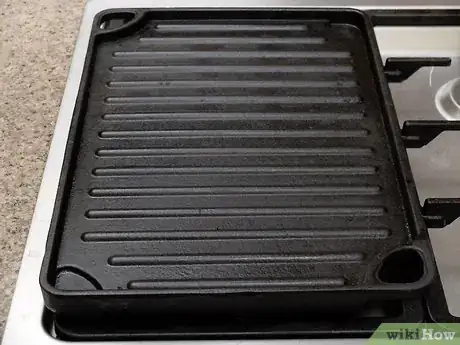
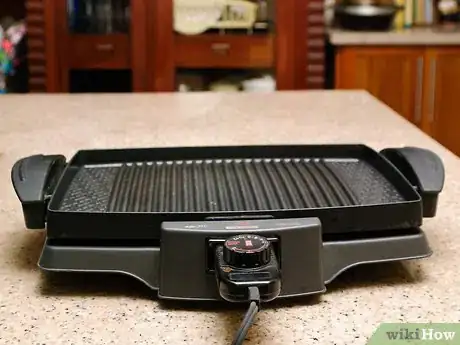
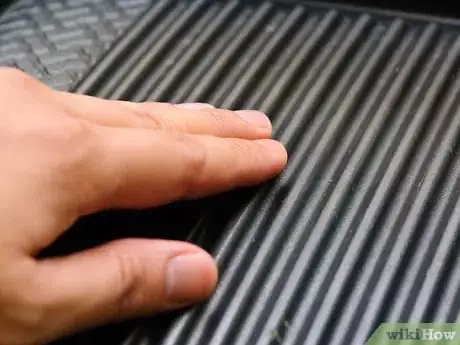
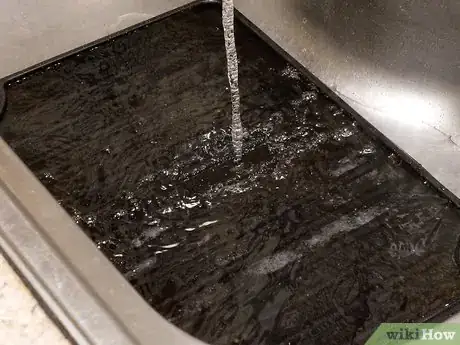
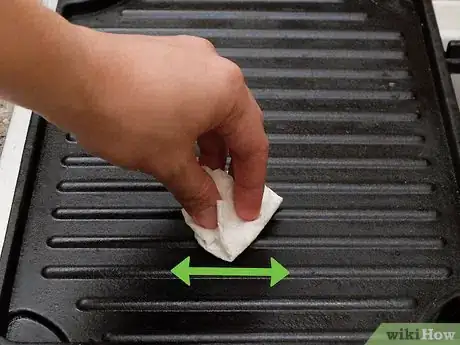
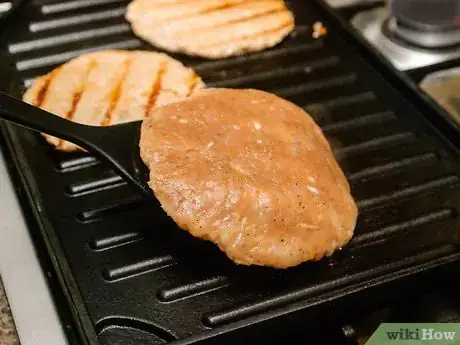


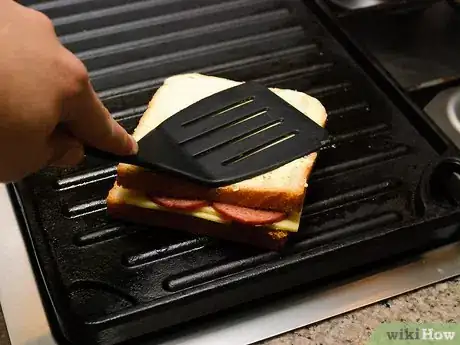
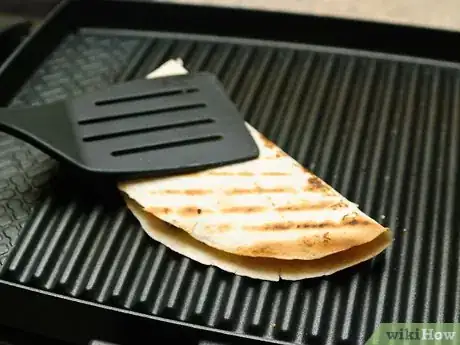
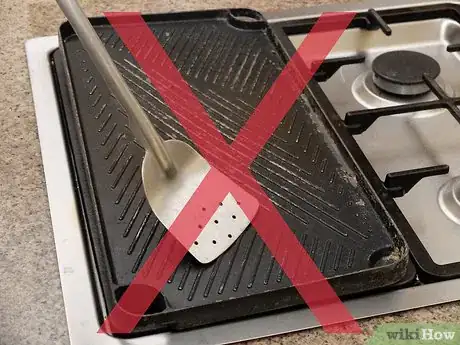
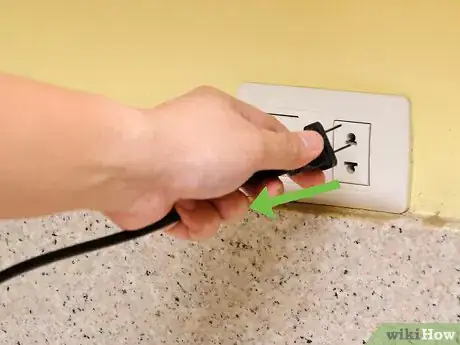
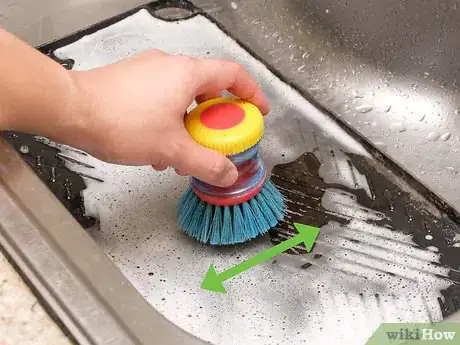
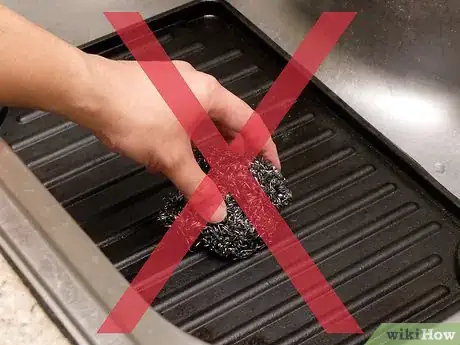

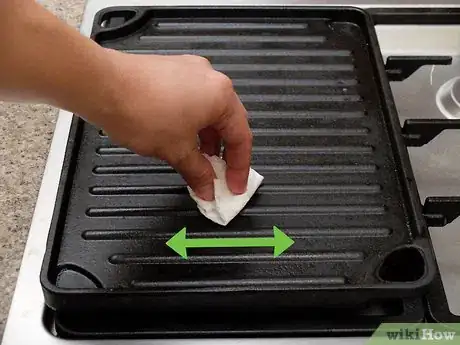
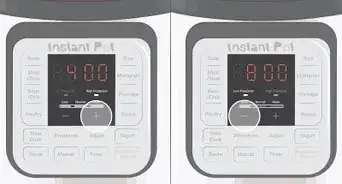
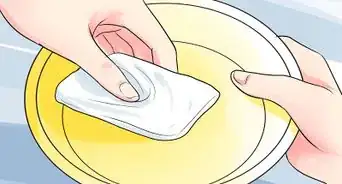
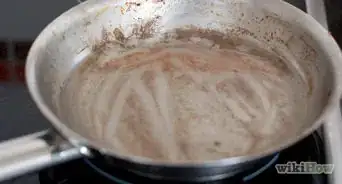


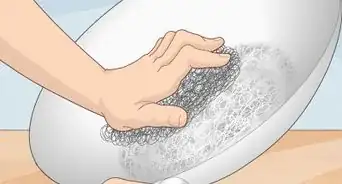








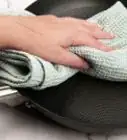
-Step-12-Version-2.webp)

